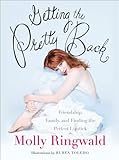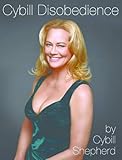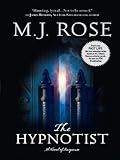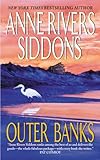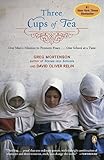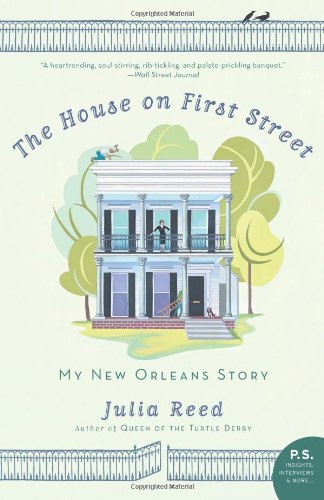
Six Clicks Away
Bonnie Rozanski
Kindle edition, 309kb
Amazon.com, September 2010
Buy this book from Amazon
Product Description (from Amazon.com):
As miraculous as our wired world may be, everything connected to everything else eventually shows its downside. A rumor, a virus, a financial crisis – these days, they all cascade throughout the world in record time. SIX CLICKS AWAY tells the story of a single ripple through a tangled web, and how one person can affect us all.
In Bonnie Rozanski’s captivating novel, the social network becomes a stage for six indelible, interconnected characters: a lonely writer in Toronto, pining for her lost love; an unemployed engineer in Seattle who finds himself working at the Pike Place Fish Market. There is a young collections operator in Bangalore, India, who can’t stop caring about the people from whom she collects; and a seedy real estate magnate who gets his just desserts. Finally, there is a down-on-his-luck actor, an old friend of the Dalai Lama, who finds enlightenment from a most unlikely source.
A chain of falling dominoes is set in motion when Jeremy and Rachel, an unlikely duo of a geek and a Jersey girl, contact a friend on Myface.com, the largest social network on the planet. That friend contacts another, and another, each link bringing the pair one step closer to the goal of reaching the Dalai Lama, their choice of exotic target on the other side of the world. What they expect is that their simple classroom project will demonstrate “six degrees of separation,” the idea that everyone on this planet is connected in six short links to everyone else. What they get, however, is a cascade of the unexpected.
As the product description says, there’s a strong element of “Six Degrees of Separation” in Bonnie Rozanski’s latest novel, and I have to confess, it’s this element that made me say yes when she emailed to offer me a review copy (an electronic one – yay for green publishing!) I sent her document to my Kindle for comfortable reading, and found myself laughing, nodding, and otherwise reacting to this book as if I knew the characters (I’m pretty sure I went to school with some of them.)
I enjoyed all the characters, especially Jersey girl Rachel, whose accent I could clearly hear in my head, the way you can look at a picture of a modern sofa and know exactly how it would feel beneath you. I loved the invention of the facebook-esque MyFace social network, and I thought the publication of this novel was especially timely since it coincided with the movie The Social Network.
There are any number of novelists who try to use the Internet as a plot device. Most of them fail by either being too trendy, or being so far out of date that it pulls you out of the story. Rozanski, on the other hand, has given us a story where the ‘net is as much a character as the human characters, but manages to feel completely organic within the world in which her novel takes place.
If you’re at all geeky, or just love a good read, this book is for you.
Goes well with: diet Dr. Pepper and nachos.


